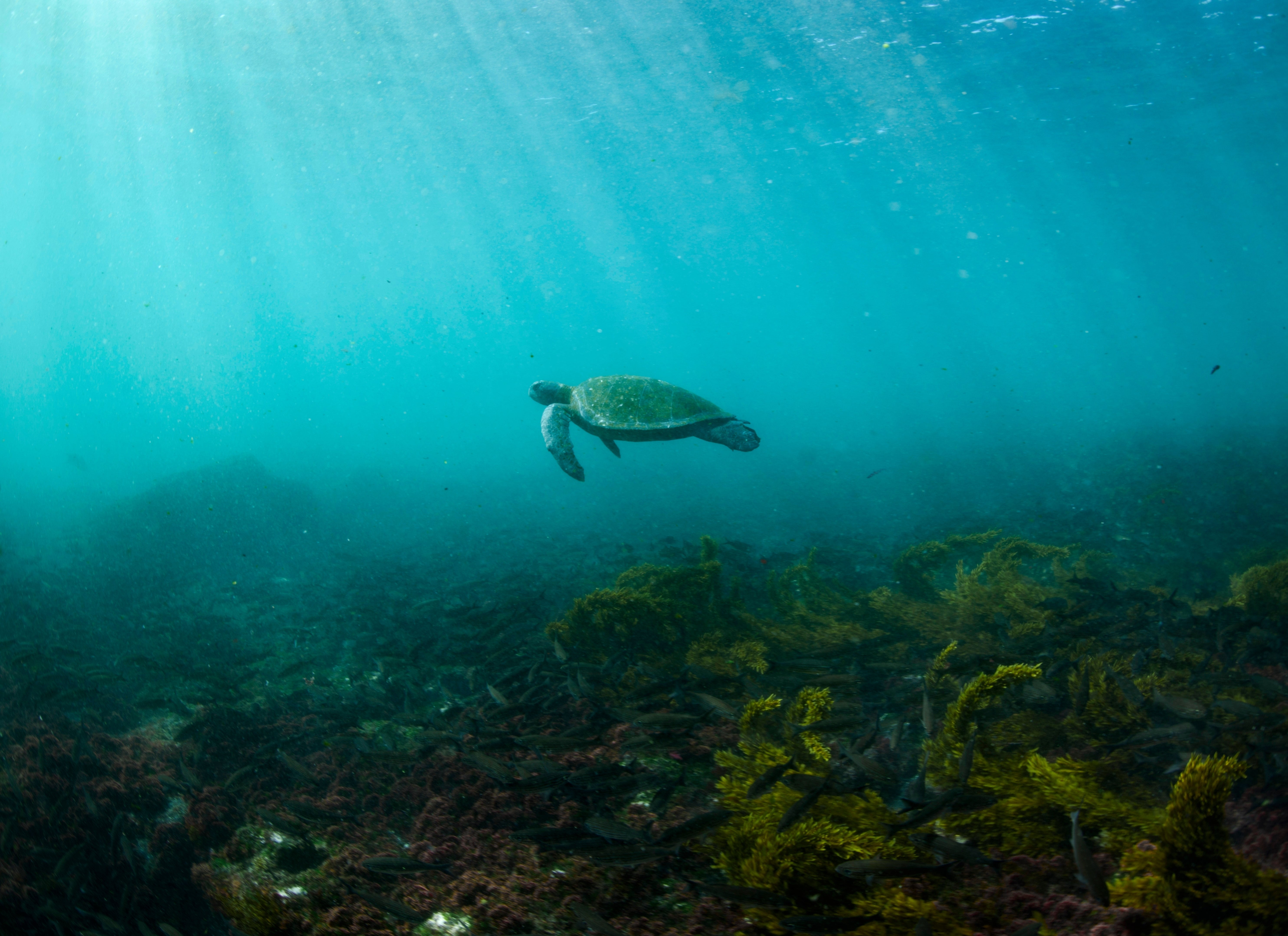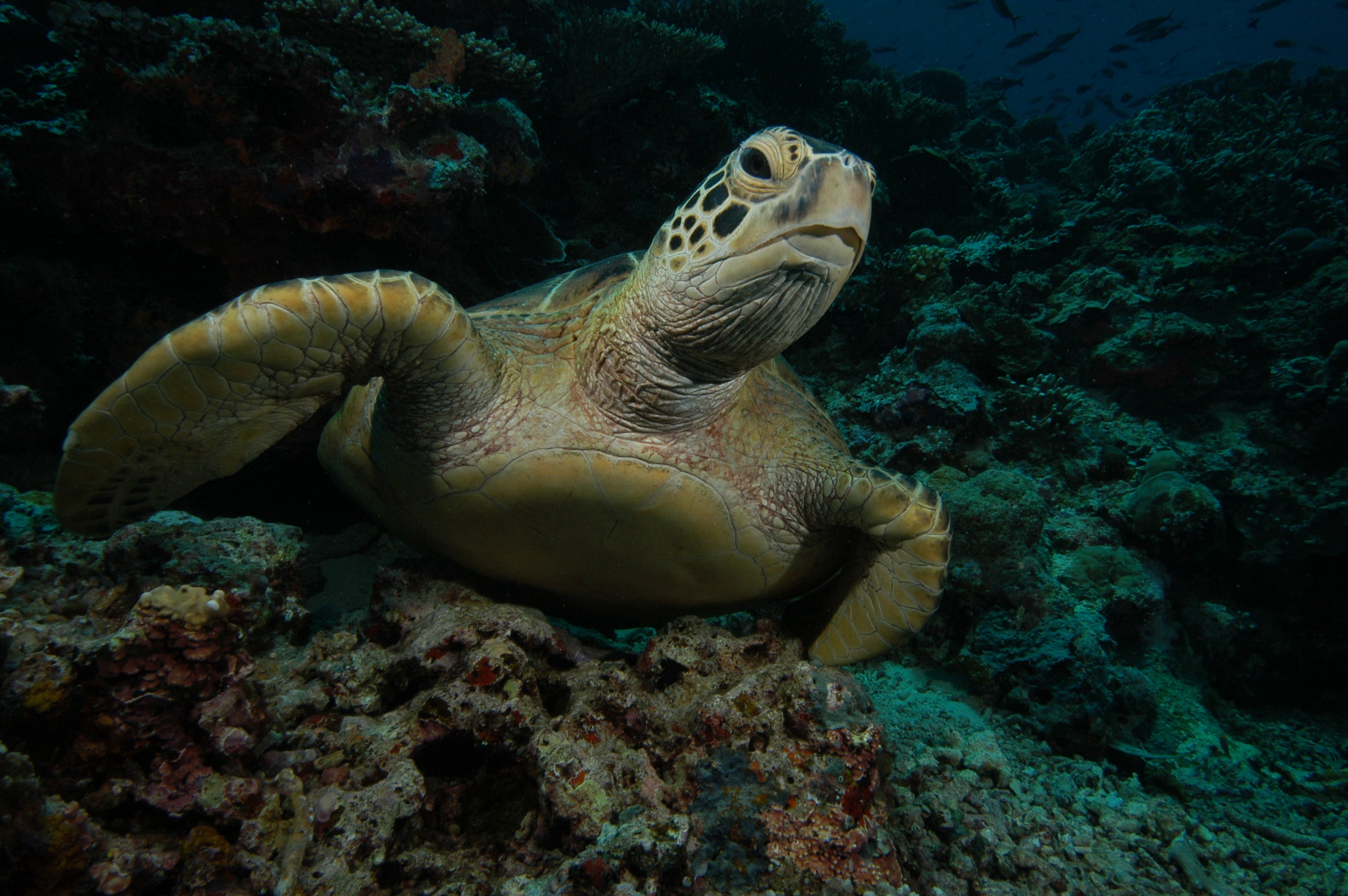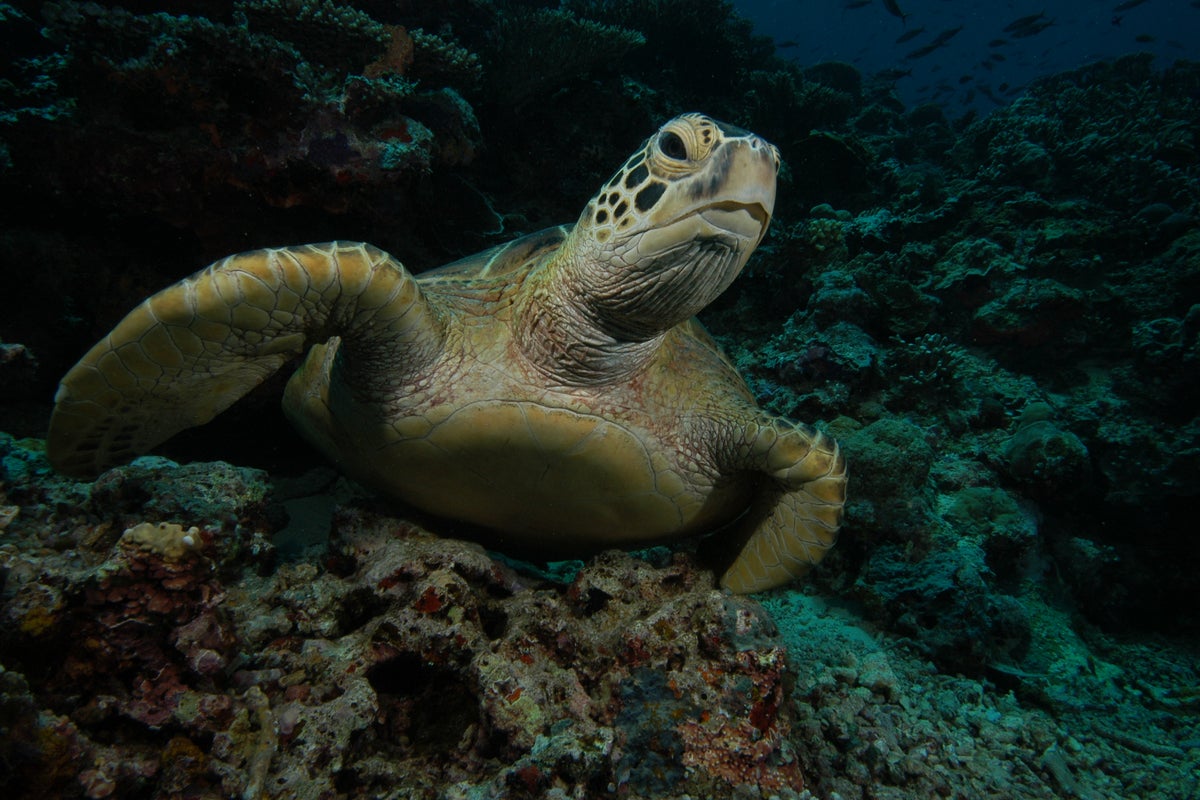Your support helps us to tell the story
From reproductive rights to climate change to Big Tech, The Independent is on the ground when the story is developing. Whether it’s investigating the financials of Elon Musk’s pro-Trump PAC or producing our latest documentary, ‘The A Word’, which shines a light on the American women fighting for reproductive rights, we know how important it is to parse out the facts from the messaging.
At such a critical moment in US history, we need reporters on the ground. Your donation allows us to keep sending journalists to speak to both sides of the story.
The Independent is trusted by Americans across the entire political spectrum. And unlike many other quality news outlets, we choose not to lock Americans out of our reporting and analysis with paywalls. We believe quality journalism should be available to everyone, paid for by those who can afford it.
Your support makes all the difference.Read more
The green turtle has been saved from near extinction in what scientists are calling one of the world’s great conservation success stories.
Once hunted relentlessly for its meat, eggs and decorative shell, the species saw its numbers collapse in the 20th century and has been listed as endangered since the 1980s.
But after decades of protection efforts, from safeguarding nesting beaches to reducing accidental catches in fishing nets, global populations have started to rebound.
Research published by the International Union for the Conservation of Nature (IUCN) said the global population of green turtles has increased by approximately 28 per cent since the 1970s.

open image in gallery
Green turtles are one of the largest species of sea turtle (Alie Skowronski)
Green turtles are one of the largest species of sea turtle, named after the greenish colour of their body fat, which stems from the animal’s plant-based diet.
The work to save the species has included patrolling beaches, shielding mothers and their eggs, releasing hatchlings into the sea, educating coastal communities, and introducing fishing gear that prevents turtles from being accidentally trapped.
The latest update to the IUCN’s Red List, released at the organisation’s world congress in Abu Dhabi, shows that the green turtle has been downgraded from “endangered” to “least concern”.
The list now includes 172,620 species, of which 48,646 are threatened with extinction.

open image in gallery
The species has been on the brink of extinction for decades (PA)
“The ongoing global recovery of the green turtle is a powerful example of what coordinated global conservation over decades can achieve to stabilise, and even restore, populations of long-lived marine species,” said Roderic Mast, co-chair of the IUCN’s Species Survival Commission’s Marine Turtle Specialist Group.
“Such approaches must focus not only on the turtles, but on keeping their habitats healthy, and their ecological functions intact. Sea turtles cannot survive without healthy oceans and coasts, and humans can’t either. Sustained conservation efforts are key to assuring that this recovery lasts.”
Despite the latest news, scientists have warned that the number of green turtles remains far below its historical level, and the creatures face continuing threats from habitat destruction, fishing and climate change.
In some regions, including Raine Island in Australia, hatchling success rates are falling, a sign that conservation efforts must continue.

